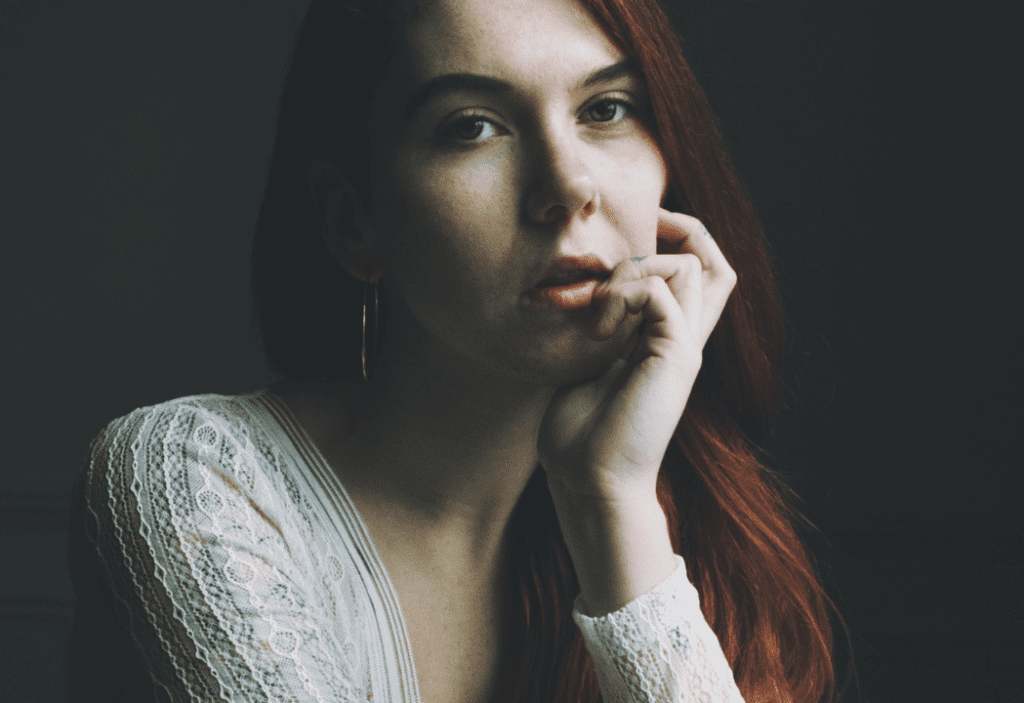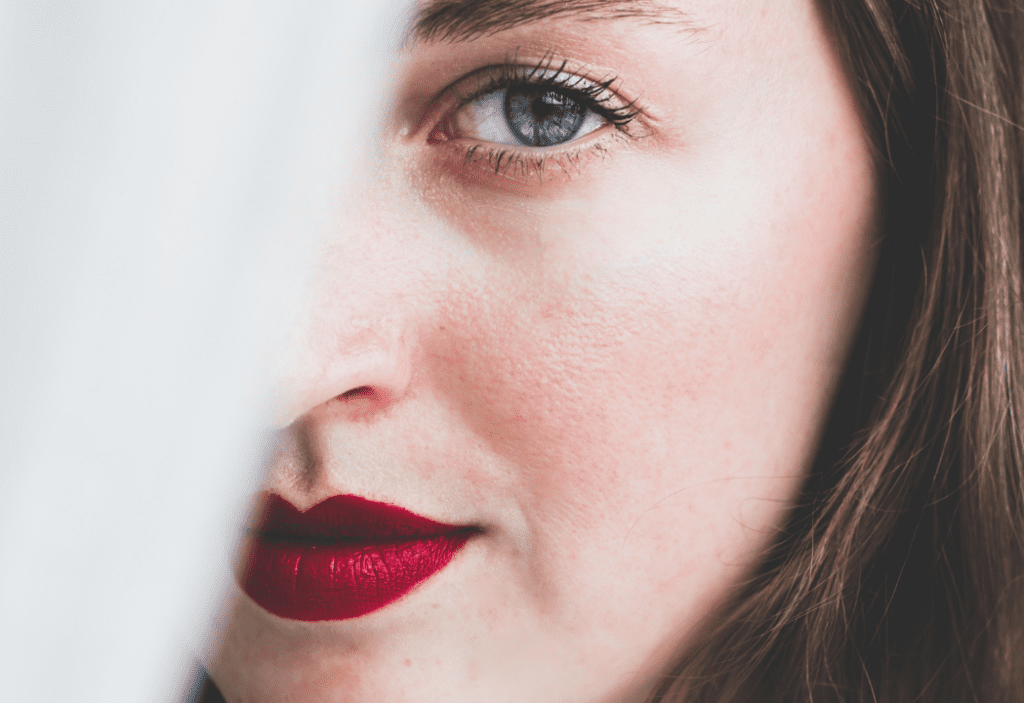7 Stunning Portrait Photography Tips for Beginners in Toronto

Portrait photography is a delicate art. It takes a combination of technical skills, people skills, and a knack for digital storytelling.A truly compelling portrait isolates the subject from its background, captures the subject’s individuality, and tells a story about a person or the scenario. Headshots can be fairly straightforward with no creative flair, but portrait are a chance to show off your style as a photographer.
If you’ve just begun to delve into this brilliant way of storytelling, there are tons of advanced techniques you can use for portrait photography. However, in this guest post, we’ll start with the basics.Here are 7 stunning portrait photography tips for beginners in Toronto.
1. Master the Light
Always try to use sunlight (natural light) whenever possible. Soft light works best for portraits because it is universally flattering on the skin. Flash or harsh light can make things much dramatic – and that might be the look you’re going for – but it also emphasizes any imperfections. This is why you’ll often see photographers use a diffuser over their flash to ‘soften’ the light.
If you are conducting an indoor photo shoot, ask your subject to stand close to a window to get the natural light, and place them to angle towards it, This can create an interesting shot, that is quite moody-looking, if the area behind your subject is dark and their face is the only thing illuminated. As mentioned before, flash with a diffuser or a softbox is a great alternative when things get too dark.

2. Frame your Subject
Good framing goes a long way. As a portrait photographer Toronto, framing your subject can help you high their unique features, and emphasizing the focus on them. Take a second and make the eyes of your subject are always in complete focus. Furthermore, how you frame your subject and what you include in the frame can add be the ‘props’ for your story.
Because of this, location plays a vital role in your portrait photography. Whenever possible, do your research to find places that can add characteristics to your images or that best represents your subject. Choosing a place that resonates with your subject will allow you to more accurately tell their story. Look for sites that have unique, distinctive features such as geometrical shapes, archways, or unusual architecture totake your portraits to the next level.
3. Have your Focus on the Eyes
It is true that eyes are the window to the soul. In portrait photography, eyes are considered as the key features of the subject, thanks to their capability to express emotions. Eyes are very expressive, and it’s the best way to capture the human connection with your subject.
Keep the eyes in a sharp focus when doing portrait photography. Blurred eyes can indeed break your shots, even if everything else is just fine. If you’re taking a picture of the subject at an angle, try to focus on the eye that is close to the camera. You could have the perfect exposure and composition, but if the eyes aren’t sharp, there is the chance that the entire image will suffers.
When taking a close-up portrait where the face fills the majority of the frame, focus on the iris. It’s simple to miss the focus in close-up shots, and anything less than sharp is clearly apparent at this point. Focusing on the iris will help you to avoid the issues of blurry eyes, which can possibly ruin your pictures.

4. Play with the Distance
The distance between the subject and the photographer plays a vital role in portrait photography in Toronto. If you need intimate shots that focus on the personality and emotion of the subject, go for a closer view. When you need to use the surroundings to enrich your story, use a wide view to capture the surrounding with all its atmosphere.
When you include more of the environments in the frame, be thoughtful not to take the focus away from your subject. As a portrait photographer Toronto, use a large aperture (at a small f-stop) to make a smaller depth of field that will enable you to maintain the focus on the subject, while giving the background that amazing ‘blurred’ effect everyone associates with professional portrait photography.
5. Play with backgrounds
The individual in your portrait is the main point of interest, but usually, when you place them into various contexts with different backgrounds, you can dramatically change the mood in a shot. At times you need your background to be as minimalistic aspossible. While some other times, a dramatic or colorful background can enable your subject really stand out. The key is to experimentand think about what story you want to tell and what mood you want to portray.
6. Fill the Frame
One way to make sure that your subject gets the attention of the viewer of your portrait is to fill the larger part of the frame with their face. It’s not something that you would do in every single shot that you take; however it can make for a very impactful shot – especially if you want to really place emphasize on the eyes. This is a good shot to go for when elements of the background don’t necessarily add context to your story.

7. Capture the Human Elements For Better Storytelling
Anyone can capture good portraits, but not all of them can narrate a story with imagery or a single shot. The best way to deliver a story with a portrait is by capturing the human features, and this can be observed through the activity they’re doing, or the personality or emotions they carry.
Renowned portrait photographer, Steve McCurry, stresses the significance of capturing and seeking the human connection in his portraits, and you can see how his pictures never fail to highlight this. Not only McCurry, other portrait photographers like Henri Cartier-Bresson and Philippe Halsman similarly share the same opinion when it comes to human connections.
Standing in front of a camera can make people feel nervous and uneasy, and reassuring them to be themselves can be difficult. This is the reason why it’s vital to get engaged and connected with them right from the start. Break the ice and have a friendly conversation first, and put your camera away if needed. Once you’ve built the confidence within them, it will be much simpler to capture their true self.
It is all about capturing the human-ness of your subject and showing it in your picture to tell their story. With these basic skills and a lot of practice, there’s no doubt you’ll be a great storyteller with your camera.
HOW TO TURN YOUR SELFIES
INTO BRAND PHOTOS
FREE GUIDE
Want to DIY your brand photos? Here are 10 photos you can easily replicate at home with a smartphone and a tripod!
uplevel your selfies